The landrace cucumber project is really in full swing this year.
We got home from little Julie’s funeral and picked the many cucumbers that had gotten big in the time we were gone.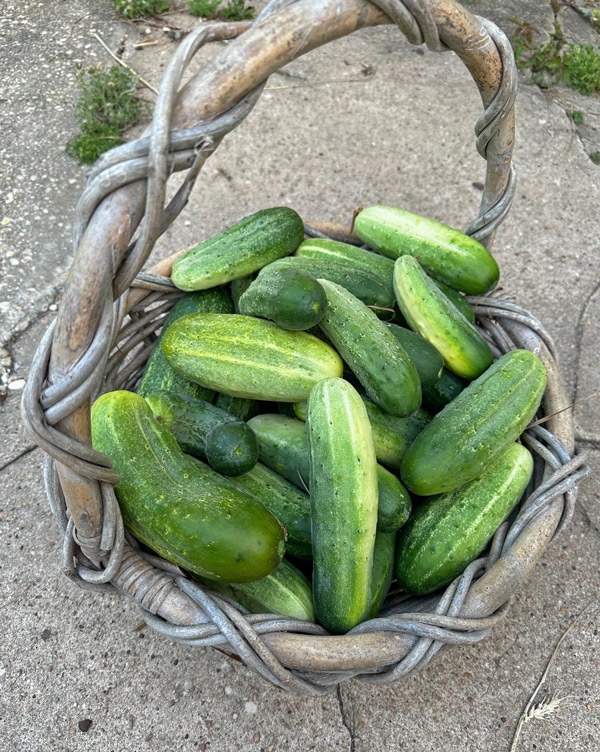
All these cucumbers grew in the Grocery Row Gardens, where we planted them as a ground cover layer.
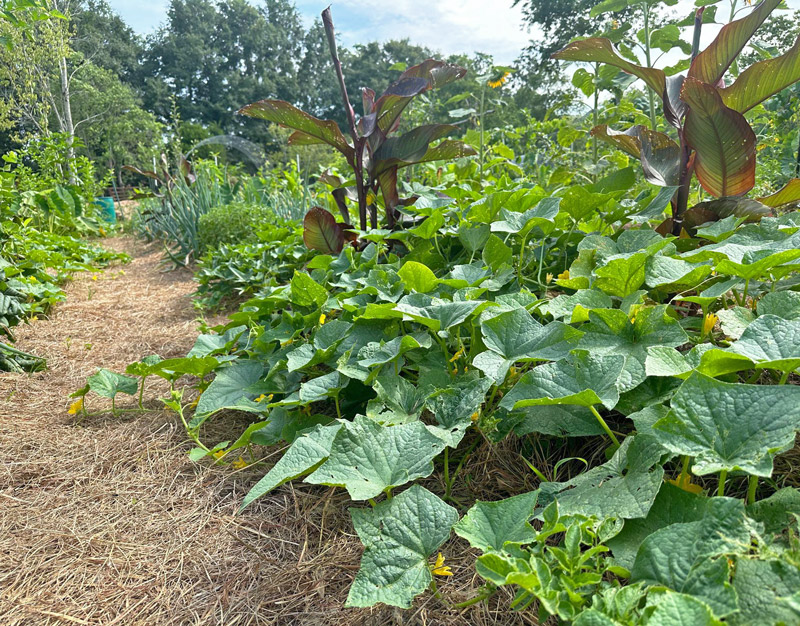
Some of the seeds are from the mix of pickling varieties we grew last year at the old house. That was the beginning of the landrace: just planting a half-dozen cucumber types and letting them all run together and interbreed.
This year we mixed in a few more types along with plenty of the seeds we saved from 2022.
The vines just run together and we let the insects cross all the types.
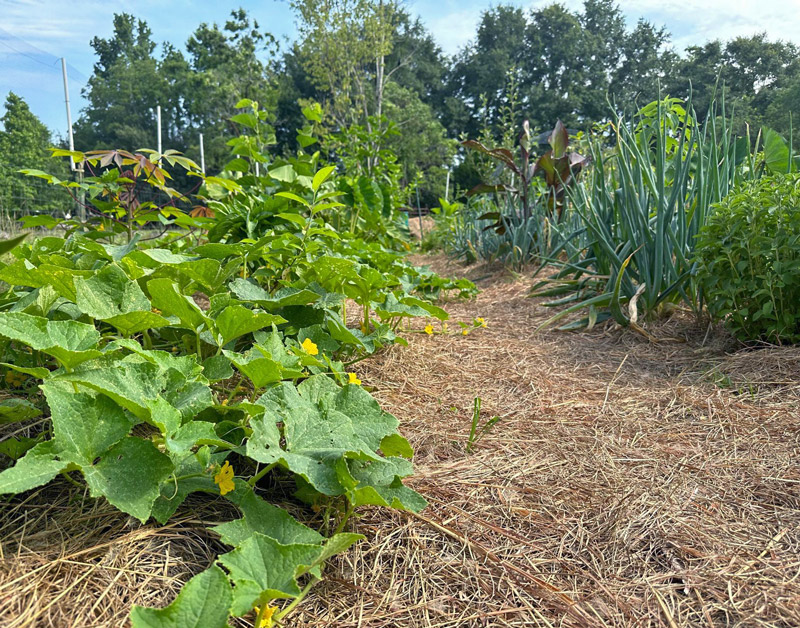
Each cucumber planting station in the Grocery Row Gardens contained 2-4 randomly selected seeds, so the types are all together and able to cross.
Thus far, the plants have been very vigorous and are producing much more than we can eat fresh.
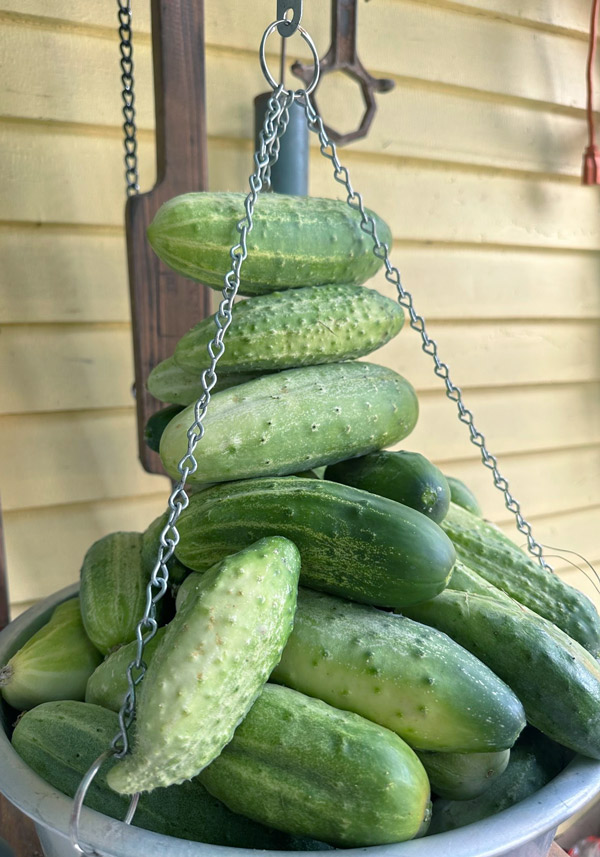
And the cucumber yield as of this morning:
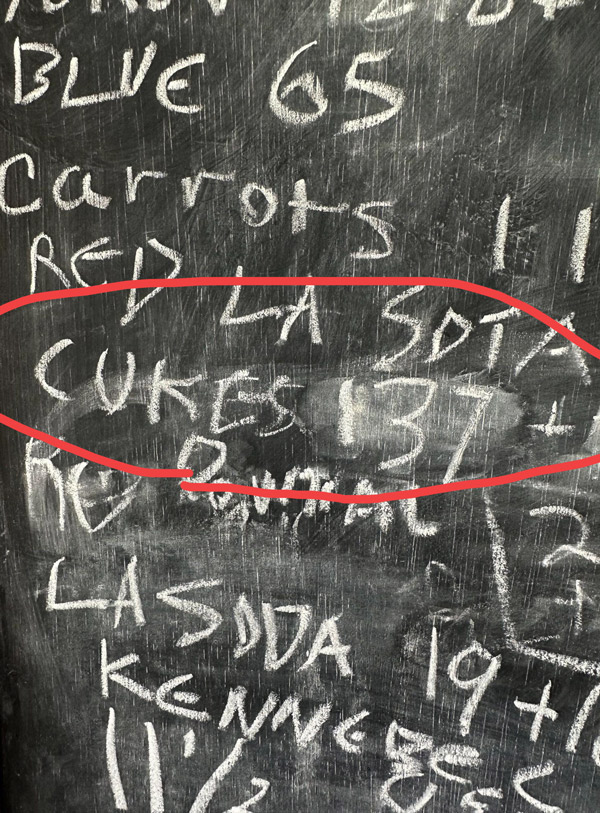
137lbs!
Our kitchen and porch are now overflowing with cucumbers. Today may have been our last picking, as we need to save lots of seeds for next year as well as to put up for sale.
Our goal for today is to make sweet relish, lots of jarred dills and some live fermented pickles. The 60lbs or so in the kitchen need processing ASAP.
Because when you have a ton of produce all at once, you just have to declare

…and get it done.
We’re greatly enjoying the landrace gardening idea, as it makes seed saving much more fun. We’re also seeing higher vigor this year, which we’d like to attribute to the adaptation of genetics; however, we also moved from The Cursed Sandpit of Death to our current home which has nice sandy loam soil, so we can’t really make any judgements.
EVERYTHING is growing better here, landrace or not. We’ve already hauled in over 200lbs of potatoes and 54lbs of radishes, which were two of our larger spring crops.
It will be interesting to see how the rest of the year goes. There are so many exciting projects in the works!
…but we’ll have to talk again later.
It’s time to make pickles.
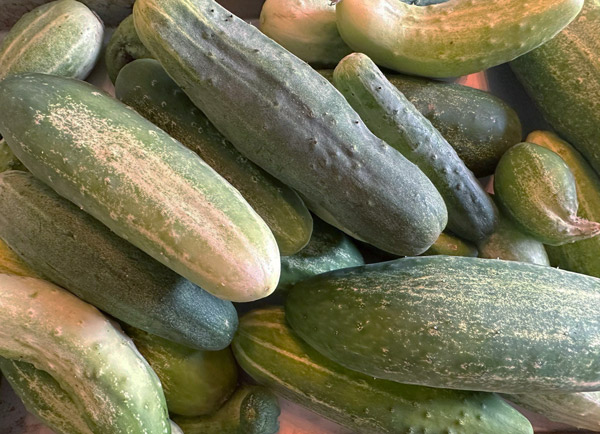
For more info on landraces, you need to get Landrace Gardening by Joseph Lofthouse.


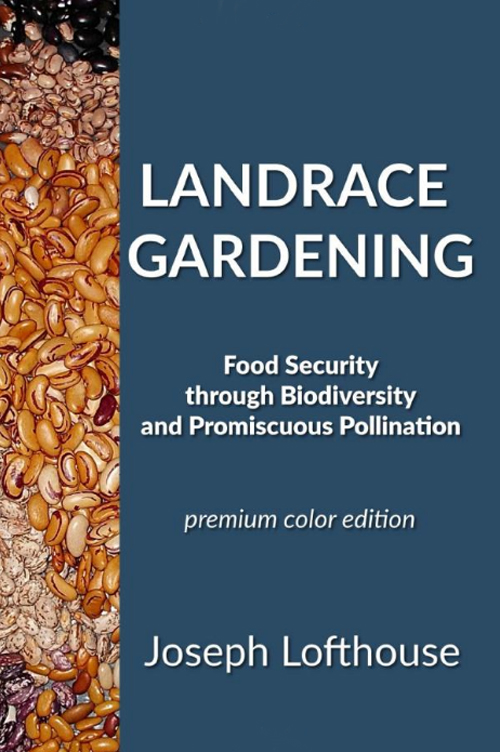
5 comments
Exactly. We have saved the best plants seeds from each whatever. My kids know that the plants with a ribbon on them don’t get picked. They know the keepers. As to rare varieties we have kept tromboncino squash for 5 years now. When we go to a seed trade. The trombos get us some really good trades. Being immune to vine borers is a big point for a lot of people.
So sad to hear about your niece. We have hope for the future, but it sure is sad in the present.
That’s amazing! You’re talking 2023 alone, right? All I got so far was a lot of herbs and some herb seeds.
Just know that we are praying for your family.
Yes – this is just 2023 so far.
This is maybe slightly off topic but pertinent to the land race project: I have seen you talk in your videos about breeding pumpkins/squashes and having varieties that you bred/discovered that were really excellent, and keeping the seeds from them and replanting. But I’ve never seen you talk about actively controlling the pollination. I had just assumed that you select pumpkins the way you would other crops: choose the best ones, keep the seeds, replant next year.
But I’ve been reading Carol Deppe’s “The Resilient Gardener” and she talks about breeding squashes in a way that makes it sounds like something only the most devoted, meticulous, and time-wealthy gardeners can do. She is adamant that if you plant more than one variety of Cucurbita muschata or Cucurbita pepo, they will interbreed, and you will have no way of knowing which ones interbred until the next generation, and that this cross-pollination will destroy any good varieties you happen to discover, so if you want to save seeds, you have to visit the garden every day, tape the flowers shut, and hand pollinate, or else you can only plant one variety from each species, AND make sure you don’t have any nearby neighbors planting another variety because those bees get around.
I am skeptical that this amount of work is necessary. But given the way squash reproduce and express their phenotypes, I have to admit that her point is hard to argue with…surely the varieties will cross-pollinate, and you will have no way of knowing whether the new pumpkins that grow from your seeds will be anything like the parent you were trying to replicate, until it’s too late. And you’d have no way of knowing which seeds, if any, actually possess the traits you are trying to preserve.
So, can you convince me that I can breed squash without making it my full time job? I’m already pretty sure I’m not as picky as Carol Deppe about taste – she seems to be really persnickety about her vegetable varieties. I just want to breed for plants that are mostly edible and resilient enough to thrive on Sheer Total Utter Neglect, or as close as I dare to get to that. Can I do it? How did YOU do it? I can’t see you taping flowers shut and coming back the next day to hand pollinate…so what is the secret? Just getting comfortable with chaos and randomness?
Comments are closed.